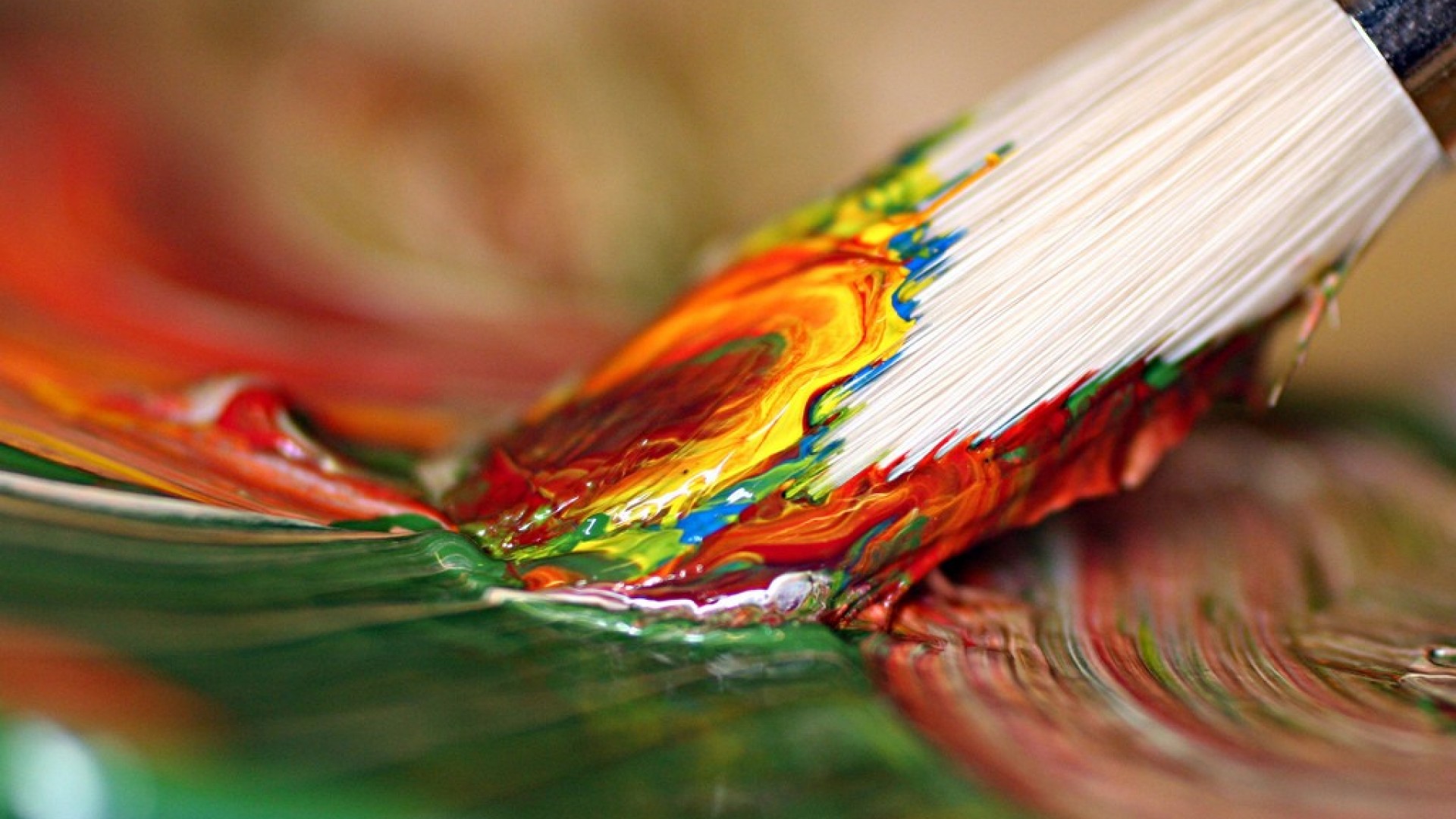
Stone age
This connection between chemistry and colour is one that extends back to the stone age, when our ancestors utilised the most readily accessible of nature’s chemicals to produce pigments that could then be used for both body painting and cave art. However, the range of colours available to Paleolithic humans pales in comparison to the Dulux catalogue that we get to choose from today.
They were forced to rely upon the use of fire to change the shade of the pigments that they found in their environment. This process is an example of some of the earliest chemical reactions that mankind ever performed and demonstrates that the fields of art and chemistry have been inextricably intertwined for millennia.
Dyes
Indeed, we might not appreciate today just how considerable the interactions between the two disciplines were in the past. For a long time, one of the main purposes of chemistry was to produce the dyes that were used by artists and in industry. Oftentimes the discovery of these dyes came about in a serendipitous fashion. For instance, the first artificial dye, mauveine, was discovered when William Perkin attempted to synthesise quinine. He used potassium dichromate as the oxidising agent (a substance which accepts electrons) but the impurities present meant that instead of producing quinine, a purple compound which he christened mauveine was formed. This example of good fortune kick-started the modern organic chemical industry much like how Alexander Fleming’s chance discovery of penicillin ushered in the antibiotic era.
The foremost reason that the new synthetic dyes were in such demand was the fact that they were far cheaper than the older, natural pigments. Prior to the existence of mauveine, the colour purple was so expensive that it was associated with royalty as they were the only people capable of affording it.
Similarly, the colour blue was extremely difficult to find in nature. As recently as 2006, Nestlé had to temporarily get rid of blue Smarties because they couldn’t find a natural blue dye to replace the artificial one that they had been using up to that point. It wasn’t until 2008 that they managed to source a suitable blue dye from a natural source, namely the cyanobacterium spirulina that is present in seaweed.
Fascinatingly, the rarity of blue in nature is reflected in our language. In the mid-late 19th century, the German philosopher Lazarus Geiger trawled through ancient texts from around the world while recording their use of colour. This included ancient Chinese literature, Vedic hymns, Icelandic sagas, the ancient Hebrew version of the bible, the Qur’an and so on. Geiger discovered that there wasn’t even a single mention of the colour blue. It turns out that different languages develop words for colours in pretty much the same order. Black and white always come first, red is always next, then yellow, then green and finally blue. Today this rule still holds, except in some scenarios where the only difference is the order of yellow and green. It is also interesting to note that the Ancient Egyptians were the first to make blue synthetically and they were also the only civilisation at the time with a word for the colour.
Radiation
Of course, the reason that substances are even coloured in the first place depends in large part on their chemical structure. First of all, it is important to remember that colours represent wavelengths of electromagnetic radiation. The human eye is only capable of seeing a narrow portion of the electromagnetic spectrum which is known as visible light. This visible light has a wavelength range of 400 to 700 nanometres with violet at the lower end and red at the upper end.
For a material to appear a particular shade, it has to absorb its complementary colour (the colour that lies across from it on a colour wheel) while reflecting or transmitting the other wavelengths of light. So for an object to be identified as blue by our eyes, it must absorb orange light. Similarly, the absorption of red light would make the object appear green.
The type of light that a compound absorbs is determined by a property known as conjugation. In essence, a molecule is said to be conjugated if it contains an alternating arrangement of double and single bonds. The longer this arrangement is, the longer the wavelength of light that is absorbed. This means that for a molecule to be capable of absorbing red light, which has a relatively long wavelength, it must have a high degree of conjugation. As we saw earlier, the absorption of a particular colour means that the compound will appear as the complementary colour so a material that absorbs red light would be perceived by our eyes as being green.
It’s possible that some people might feel that explaining colours in terms of the physical phenomena of quantifiable wavelengths and chemical bonds somehow cheapens their beauty. This is an accusation that is often levelled at science, that it removes the wonder and mystery from our world. Personally, I don’t share this view because I find that the more I understand something, the greater my appreciation for it becomes. It’s hard to imagine someone making a similar accusation in another context, such as in the art world. For example, who would claim that knowledge of Picasso’s life lessens our appreciation of the works he painted during his Blue Period?
Science and art share many similarities, despite what one might think when one ventures from the Hamilton to the Arts Block or vice versa. The stereotypical view of science as a boring discipline fails to take into account how absolutely essential originality and imagination are for scientists. Consider how chemists use existing resources to synthesise completely novel materials that have never been seen before. Is that not analogous to the artistic process? Let us not forget also that those novel materials include the paints, pigments and dyes that artists make use of in their work.






